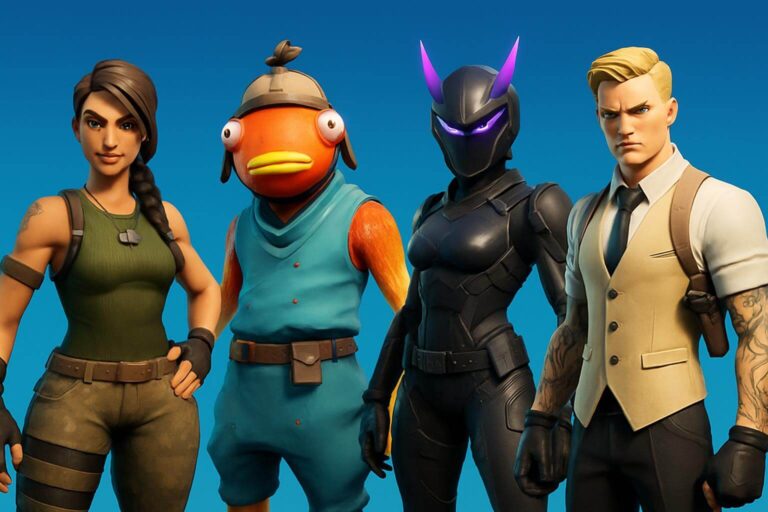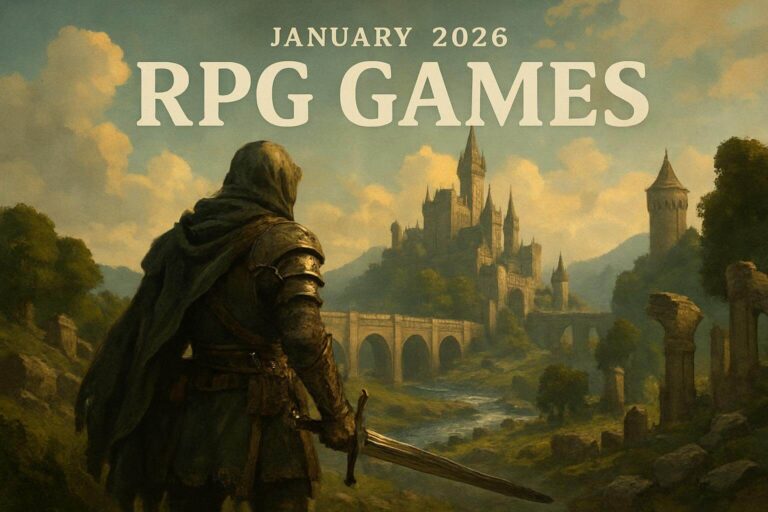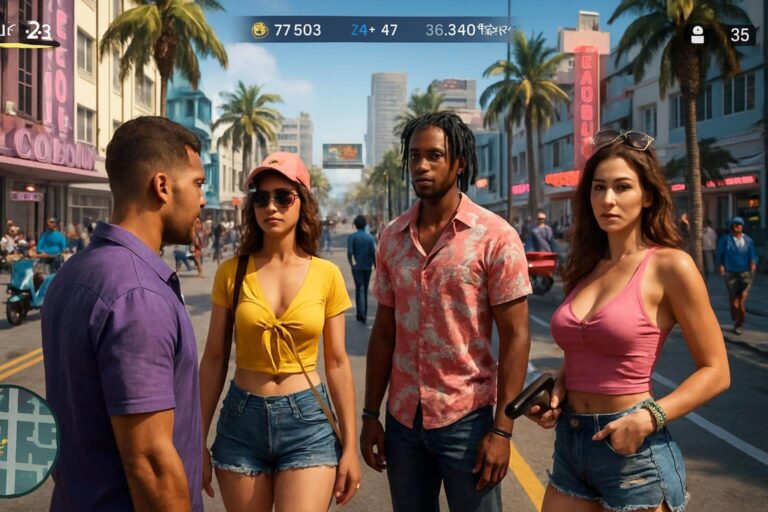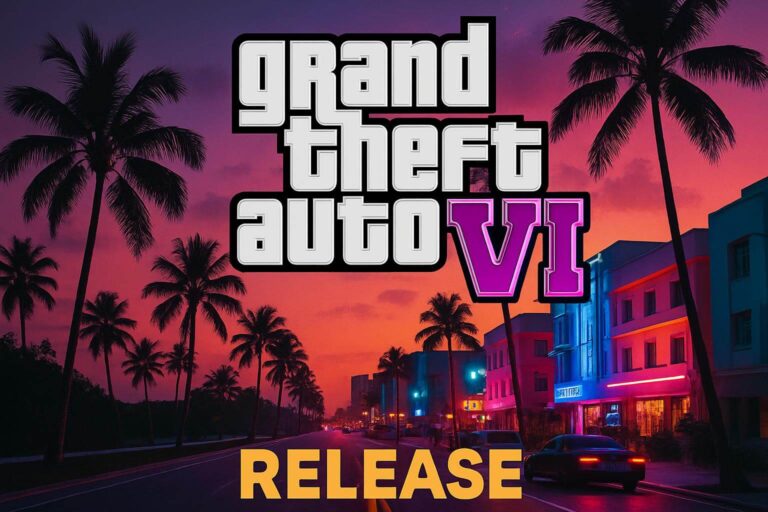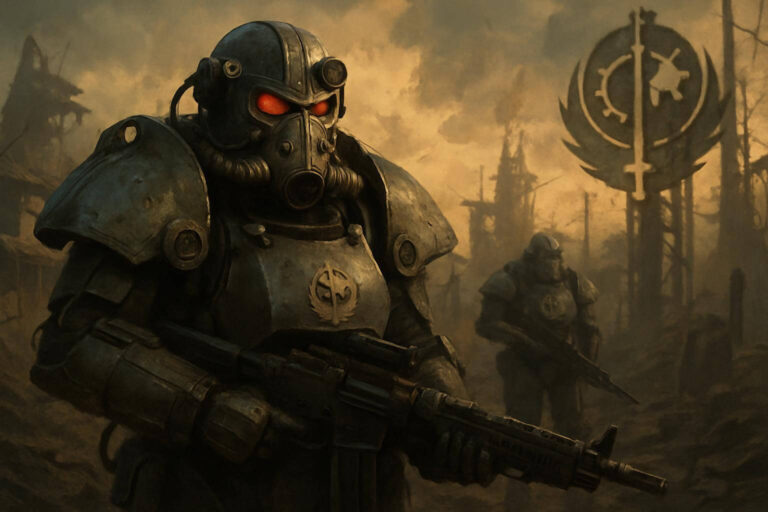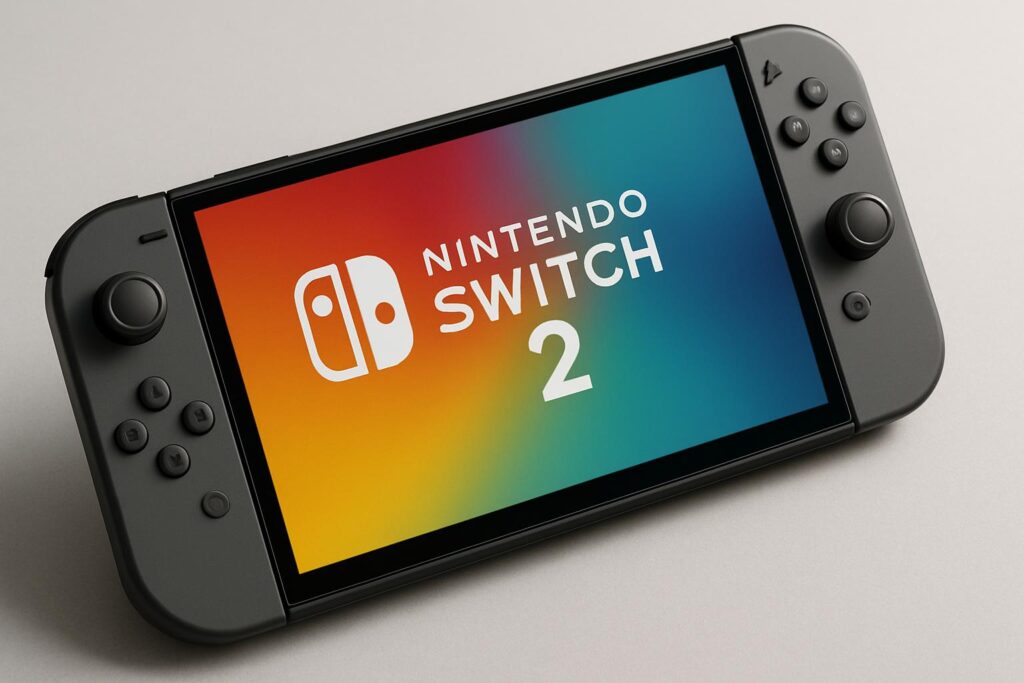
Nintendo has taken strong steps to protect the Switch 2 from piracy, cheating, and unauthorized sharing. The new system doesn’t just offer hardware upgrades—it also comes with strict digital rules. These rules affect how players use physical games, digital downloads, and even backups.
From tracking game cards to banning consoles, Nintendo now controls how its games are played more tightly than ever. Some players call it aggressive. Others see it as necessary. Either way, Switch 2 brings a new layer of control.
Why Nintendo Switch 2 Blocks Used Games
The biggest change is the introduction of unique cartridge IDs. Each physical game card now carries a specific code. When you use a new game on a Switch 2, that code gets tied to your console. If the same game shows up online from another device, Nintendo sees it. The second console can get blocked from online play.
This affects players who buy used games. Even if the game is real, the system treats it as suspicious. Some users who bought second-hand copies have already reported bans. Nintendo’s system doesn’t ask questions first. It blocks access and waits for appeals later.
This method helps prevent piracy. It also discourages game sharing and resale. Nintendo wants each game to be bought new and used on one console only.
Flash Carts, Backups, and Instant Bans
Nintendo is also cracking down on flash cartridges. Tools like the MIG Switch allow players to back up their own games or load ROMs. Even when used legally, these devices trigger system bans. Switch 2 recognizes flash cart firmware and blocks consoles that use them.
Players who try to play backup copies face the same risk. The system doesn’t care if you own the original. It only checks how the game is loaded. If it’s not from an official cartridge or download, it’s flagged.
Many users received permanent bans just for testing backups or using custom tools. Some didn’t even realize they were violating terms. But Nintendo’s updated End User License Agreement covers all of it. The company now has the right to suspend accounts, block consoles, or even disable hardware if piracy is suspected.
Nintendo Tracks Everything on Switch 2
Another key part of Nintendo’s Switch 2 strategy is tracking. The system records how each cartridge is used. If a card moves from one console to another too quickly, the system sees a red flag. This tracking discourages rentals and secondhand sharing. It also helps detect mass copying or unauthorized duplication.
Nintendo wants players to use official channels only. That means buying digital games from the eShop or new cartridges from licensed sellers. The goal is to cut out piracy and keep full control over the player base.
Some players have managed to appeal bans. They showed receipts, photos of cartridges, and proof of purchase. A few were unbanned, but many were not. The process is slow and strict. Support doesn’t always reply in time, and decisions are final.
Nintendo Switch 2 Protection Plan: Bold but Risky
Nintendo’s protection system for Switch 2 is bold. It fights piracy harder than any past console. It blocks flash carts, tracks cartridges, and enforces bans with speed. This gives Nintendo tight control—but also causes problems for honest players.
Gamers who buy used titles or experiment with legal backups can lose online access. Some don’t know they’re breaking the rules until it’s too late. Nintendo offers few warnings and fewer second chances.
Still, this move protects the company’s games and profits. It also builds a secure ecosystem as the Switch 2 grows. With big games launching soon, Nintendo wants a clean system. But players need to be careful. One mistake can lock a console out for good.
